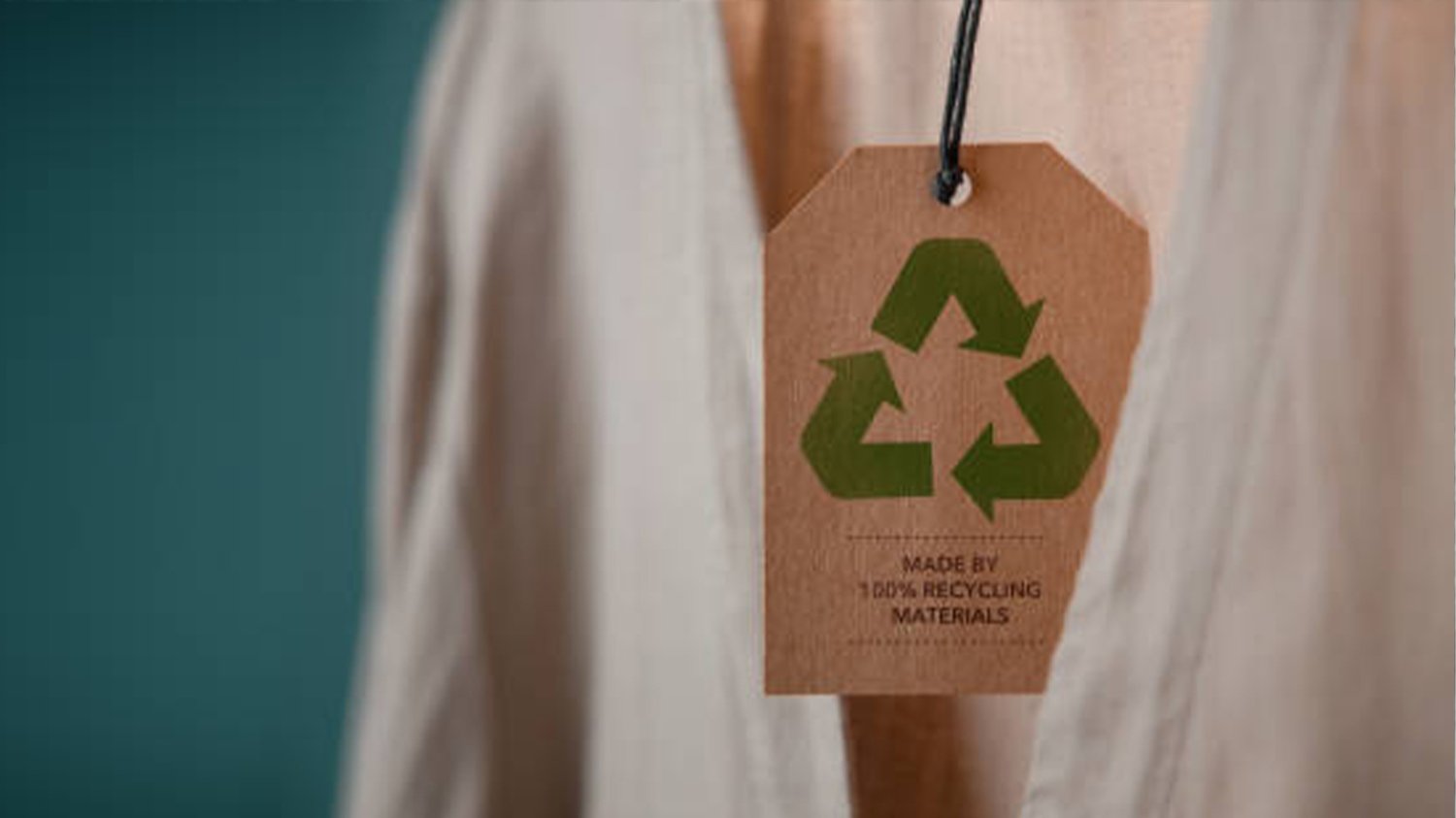Incorporating Recycled Fabric into Your Fashion Line: A How-To Guide
With sustainability becoming a growing concern in the fashion industry, incorporating recycled fabric into your fashion line can be a smart and eco-friendly choice. Not only does it help reduce waste and carbon footprint, but it also adds a unique and progressive touch to your designs. In this guide, we will explore the various ways you can incorporate recycled fabric into your fashion line, from sourcing materials to designing and marketing your collection.
1. Understanding the Benefits of Recycled Fabric
Before diving into the process of incorporating recycled fabric into your fashion line, it is essential to understand the benefits it offers. Recycled fabric helps reduce the demand for virgin materials, conserves energy and water, and minimizes the amount of waste sent to landfills. By using recycled fabric, you can showcase your commitment to sustainability and attract eco-conscious consumers.
2. Sourcing Recycled Fabrics
The first step in incorporating recycled fabric into your fashion line is to find reliable sources for these materials. Look for suppliers and manufacturers who specialize in producing recycled fabrics. There are various types of recycled fabrics available, including polyester made from recycled plastic bottles, upcycled denim, and regenerated silk. Research different suppliers and compare their prices, quality, and certifications to find the best fit for your brand.
3. Designing with Recycled Fabrics
Designing with recycled fabrics requires a thoughtful approach to ensure your garments are both fashionable and sustainable. Consider the unique characteristics of the recycled fabric you choose and use them to your advantage in your designs. Experiment with textures, patterns, and colors that enhance the recycled aesthetic. Additionally, explore innovative techniques such as fabric manipulation and combining recycled fabrics with other sustainable materials to create truly one-of-a-kind pieces.
4. Collaborating with Artisans and Upcyclers
Collaborating with artisans and upcyclers can add a unique touch to your fashion line while supporting local communities and promoting ethical practices. Seek out partnerships with artisans who specialize in working with recycled materials or upcyclers who can transform pre-existing garments into new designs. These collaborations can bring a fresh perspective to your collection and create a positive impact on both the environment and the people involved in the production process.
5. Educating Consumers about Recycled Fashion
As you incorporate recycled fabric into your fashion line, it is essential to educate your consumers about the benefits of choosing sustainable fashion. Use your marketing channels to raise awareness about the environmental impact of the fashion industry and highlight how your brand is contributing to positive change. Share the stories behind your recycled fabrics and emphasize the quality and durability of your garments. By educating your consumers, you can inspire them to make more conscious purchasing decisions.
6. Showcasing Transparency and Ethical Practices
Transparency and ethical practices are crucial when incorporating recycled fabric into your fashion line. Clearly communicate your sourcing and production processes to your consumers, highlighting your commitment to fair labor practices and environmentally responsible manufacturing. Consider obtaining certifications such as the Global Recycled Standard or the Recycled Claim Standard to provide credibility to your sustainability claims. By showcasing transparency and ethical practices, you build trust with your customers and differentiate your brand in the competitive fashion market.
7. Building a Sustainable Supply Chain
Incorporating recycled fabric into your fashion line is just one step towards building a sustainable supply chain. Evaluate your entire production process and identify other areas where you can make environmentally friendly choices. This includes using eco-friendly packaging materials, implementing energy-efficient practices in your manufacturing facilities, and partnering with logistics providers who prioritize sustainability. By taking a holistic approach to sustainability, you can ensure that your fashion line has a positive impact from start to finish.
8. Collaborating with NGOs and Non-Profit Organizations
Collaborating with NGOs and non-profit organizations can further amplify the impact of your fashion line. Partner with organizations that focus on recycling, waste reduction, or environmental conservation to support their initiatives and raise awareness about the importance of recycling in the fashion industry. This collaboration can help you reach a wider audience and align your brand with meaningful causes.
9. Embracing Circular Fashion
Incorporating recycled fabric into your fashion line is a step towards embracing circular fashion, where materials are kept in use for as long as possible. Consider implementing take-back programs or recycling initiatives for your garments to ensure they have a second life once they reach the end of their use. By closing the loop and embracing circular fashion principles, you contribute to a more sustainable and regenerative fashion industry.
10. Inspiring Others in the Fashion Industry
As a fashion brand incorporating recycled fabric into your line, you have the power to inspire others in the industry to follow suit. Share your experiences, challenges, and successes on platforms such as social media, industry conferences, and sustainability-focused events. By sharing your journey, you can inspire and motivate other fashion brands to incorporate recycled fabric into their collections, driving collective change towards a more sustainable future for the fashion industry.

